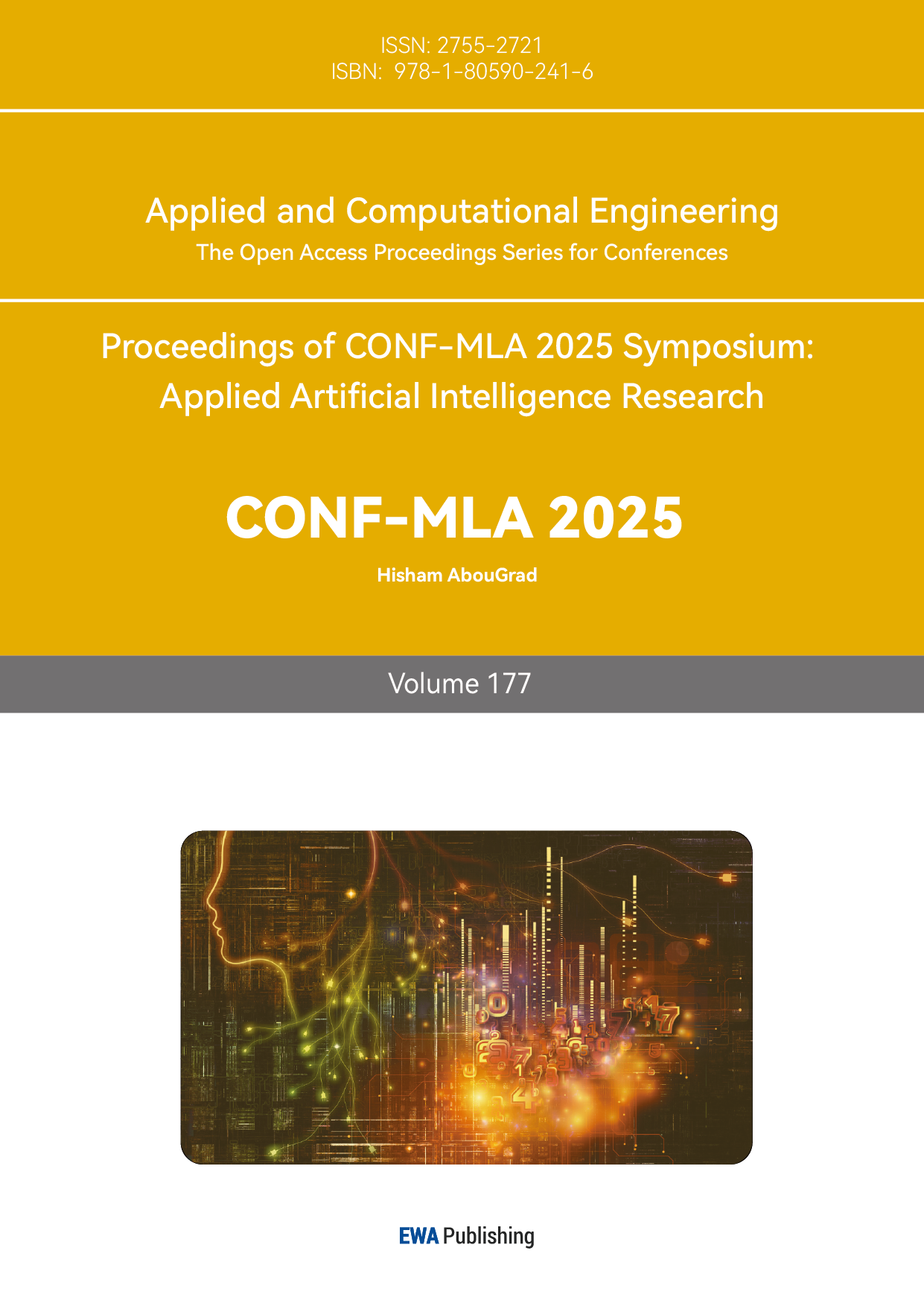References
[1]. Aaron Hertzmann et al. “Image analogies”. In: Proceedings of the 28th Annual Conference on Computer Graphics and Interactive Techniques. SIGGRAPH ’01. New York, NY, USA: Association for Computing Machinery, 2001, pp. 327–340. isbn: 158113374X. doi: 10.1145/383259.383295. url: https: //doi.org/10.1145/383259.383295.
[2]. Lei Zhu et al. “Joint Bi-Layer Optimization for Single-Image Rain Streak Removal”. In: Proceedings of the IEEE International Conference on Computer Vision (ICCV). Oct. 2017.
[3]. Aayush Bansal et al. “Recycle-GAN: Unsupervised Video Retargeting”. In: European Conference on Computer Vision. 2018. url: https: //api. semanticscholar.org/CorpusID: 51987197.
[4]. Olivia Wiles, A. Sophia Koepke, and Andrew Zisserman. “X2Face: A network for controlling face generation by using images, audio, and pose codes”. In: ArXiv abs/1807.10550 (2018). url: https: //api.semanticscholar. org/CorpusID: 51866642.
[5]. Ayush Tewari et al. “StyleRig: Rigging StyleGAN for 3D Control over Portrait Images, CVPR 2020”. In: IEEE Conference on Computer Vision and Pattern Recognition (CVPR). IEEE. June 2020.
[6]. Yurui Ren et al. “PIRenderer: Controllable Portrait Image Generation via Semantic Neural Rendering”. In: 2021 IEEE/CVF International Conference on Computer Vision (ICCV) (2021), pp. 13739–13748. url: https: //api.semanticscholar.org/CorpusID: 237562793.
[7]. Lee Chae-Yeon et al. “Perceptually Accurate 3D Talking Head Generation: New Definitions, Speech-Mesh Representation, and Evaluation Metrics”. In: 2025. url: https: //api.semanticscholar.org/CorpusID: 277345403.
[8]. Aliaksandr Siarohin et al. “First Order Motion Model for Image Animation”. In: Neural Information Processing Systems. 2020. url: https: //api.semanticscholar.org/CorpusID: 202767986.
[9]. Sicheng Xu et al. “Vasa-1: Lifelike audio-driven talking faces generated in real time”. In: Advances in Neural Information Processing Systems 37 (2024), pp. 660–684.
[10]. Ai-Mei Huang, Zhewei Huang, and Shuchang Zhou. “Perceptual Conversational Head Generation with Regularized Driver and Enhanced Renderer”. In: Proceedings of the 30th ACM International Conference on Multimedia (2022). url: https: //api.semanticscholar.org/CorpusID: 250072874.
[11]. Zhongcong Xu et al. “MagicAnimate: Temporally Consistent Human Image Animation using Diffusion Model”. In: Proceedings of the IEEE/CVF Conference on Computer Vision and Pattern Recognition (CVPR). June 2024, pp. 1481–1490.
[12]. Youxin Pang et al. “DPE: Disentanglement of Pose and Expression for General Video Portrait Editing”. In: Proceedings of the IEEE/CVF Conference on Computer Vision and Pattern Recognition (CVPR). June 2023, pp. 427–436.
[13]. Carsten Rother, Vladimir Kolmogorov, and Andrew Blake. “GrabCut”: interactive foreground extraction using iterated graph cuts”. In: ACM Trans. Graph. 23.3 (Aug. 2004), pp. 309–314. issn: 0730-0301. doi: 10.1145/1015706.1015720. url: https: //doi.org/10.1145/1015706. 1015720.
[14]. Zhanghan Ke et al. “MODNet: Real-Time Trimap-Free Portrait Matting via Objective Decomposition”. In: AAAI Conference on Artificial Intelligence. 2020. url: https: //api.semanticscholar.org/CorpusID: 246295022.
[15]. Department of Computer Science Rhodes University. Research Project G02M1682. https: //www.cs.ru.ac.za/research/g02m1682/. Accessed: 2025-04-08.
[16]. Richard Zhang et al. “The unreasonable effectiveness of deep features as a perceptual metric”. In: Proceedings of the IEEE conference on computer vision and pattern recognition. 2018, pp. 586–595.



